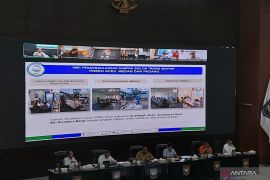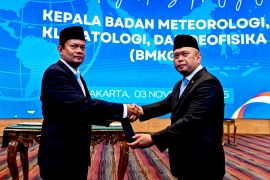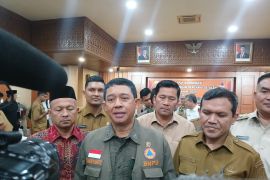Syirojudin, head of BMKG's Potential Geophysical Working Team, explained that the storm was triggered by an X5.1-class solar flare, among the strongest observed on the space weather scale.
“The flare caused a high-speed ejection of plasma and magnetic fields, known as a Coronal Mass Ejection (CME), directed at Earth. According to the NOAA Space Weather Prediction Center, the storm reached G4 level, classified as severe,” he said.
BMKG monitoring stations in Tondano, Tuntungan, and Serang detected the geomagnetic activity starting November 12, lasting three days. While the maximum K index indicated severe conditions, the effects in Indonesia are expected to be minimal.
Syirojudin noted that the country’s equatorial location naturally shields it from the most intense impacts.
“The equatorial magnetospheric belt, called the Equatorial Electrojet, acts as a protective barrier against high-energy particles,” he said.
He cautioned that minor to moderate disruptions could affect satellite communications, GPS-based navigation, and high-frequency (HF) radio systems in Indonesia.
The BMKG recommends real-time monitoring of Earth’s magnetic activity using the K and A indices and advises air and sea transport sectors dependent on GPS to prepare backup communication protocols.
“There is no need for panic. Indonesia’s magnetosphere effectively protects daily life and power systems, so the overall risk is negligible,” Syirojudin added.
The agency stressed that public awareness and precautionary measures are sufficient to manage potential technical disruptions during the geomagnetic storm.
Related news: BMKG forecasts rain, strong winds in several provinces
Translator: Resinta Sulistiyandari
Editor: Rahmad Nasution
Copyright © ANTARA 2025












